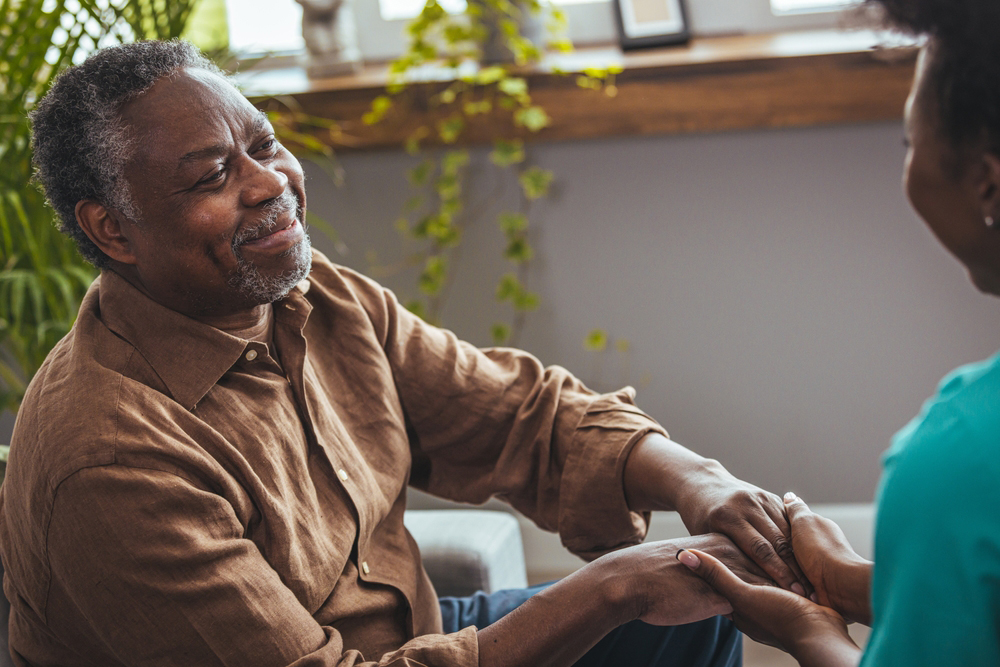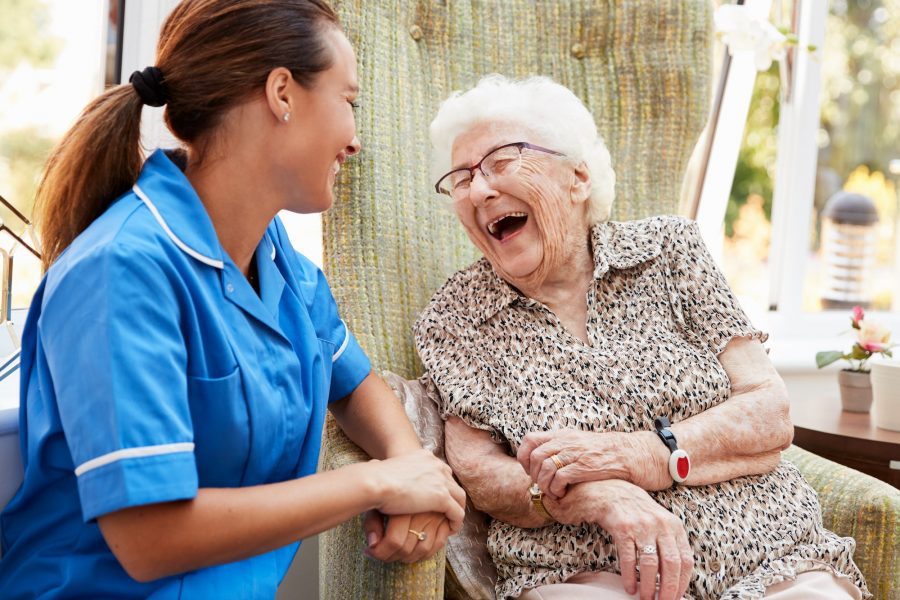Approximately 80% of people with Parkinson’s disease experience tremors in their hands and feet. This involuntary trembling happens when people are at rest and typically stops when they are active or moving. Over time, Parkinson’s disease can also cause slowed or uncoordinated movements, a shuffling walk, muscle rigidity, poor posture, and slurred speech.
Understanding Parkinson’s Disease
Parkinson’s disease results from a loss of nerve cells in the brain region called the substantia nigra, which is responsible for transmitting chemical signals between the brain and nervous system. Parkinson’s symptoms usually start becoming noticeable when the nerve cell activity in the substantia nigra reduces by about half. Due to this brain damage, movements become slow and abnormal, and tremors and muscle stiffness develop.
Researchers believe a combination of genetic and environmental factors is responsible for the characteristic brain changes of Parkinson’s disease, but it’s still unclear why some people are more vulnerable to developing this condition.
It can be challenging for doctors to accurately diagnose Parkinson’s. That’s because standard screenings such as blood tests don’t give a conclusive result. Instead, physicians must weigh a combination of factors such as physical symptoms and family history. Because there is no definitive diagnostic tool, patients in the earliest stages of Parkinson’s disease may not meet the clinical criteria. On the other hand, this lack of specificity means that an initial Parkinson’s diagnosis may later turn out to be a different condition with similar symptoms.
How to Manage Parkinson’s Tremors
Parkinson’s patients require a detailed treatment plan that offers maximum relief with minimal side effects. Though there’s no cure for Parkinson’s disease, a doctor can prescribe specific medications to help manage symptoms like resting tremors. For some more advanced Parkinson’s cases, physicians may recommend surgery like deep brain stimulation.
Some lifestyle changes may also make it easier to live with Parkinson’s disease.
Exercise
Regular fitness benefits every area of mental and physical well-being. Exercising is one of the best ways to control involuntary tremors because the muscles in the hands and feet are less likely to twitch during activity. Physical therapists can teach Parkinson’s patients specific exercises to manage their symptoms.
Yoga
Parkinson’s disease causes balance problems, making it difficult to walk with a comfortable gait. Yoga can improve stability, flexibility, range of motion, and focus. Most poses adapt easily to match different physical abilities.
Pet Therapy
Playing with pets increases the natural release of happiness chemicals such as serotonin and dopamine, while reducing the stress hormone cortisol.
Massage Therapy
Massage can relieve muscle tension, ease depression symptoms, and promote relaxation. The squeezing, pressing, and pulling motions that characterize massage improve circulation and flush toxins out of tight, sore muscles.
Get Help With Daily Living Activities
Everyday tasks like dressing, eating, and bathing can be challenging for people with Parkinson’s disease. Through careful adherence to care plans and Parkinson’s-specific training, Legacy Homecare LA’s Care Companions allow Parkinson’s patients to maintain a comfortable lifestyle without leaving home. We are here to provide compassionate caregiving, including helping with exercise, mobility, and personal hygiene.
Our team of experienced professionals steps in and becomes trusted friends who improve quality of life for people with Parkinson’s disease. To learn more about how we can help your family, contact us today.






